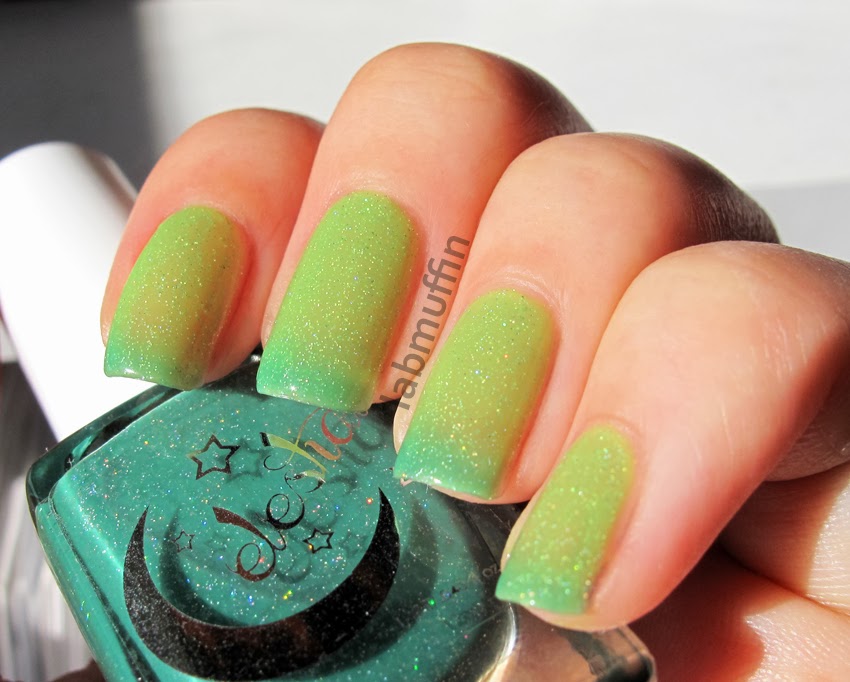 |
| Celestial Cosmetics / Color4Nails High Garden |
The nerdy nail girls out there have probably already bagged themselves a few thermal polishes, which are super popular with indie polish makers at the moment. These cool polishes change colour in response to heat and cold. I’ve swatched a few in the past and occupied myself for a few too many hours with bits of ice and hairdryers – but what’s the magic behind how they work? Well, it’s surprisingly complex for something as simple as nail polish and t-shirts that show how warm your armpits are. Hopefully I can break it down for you!
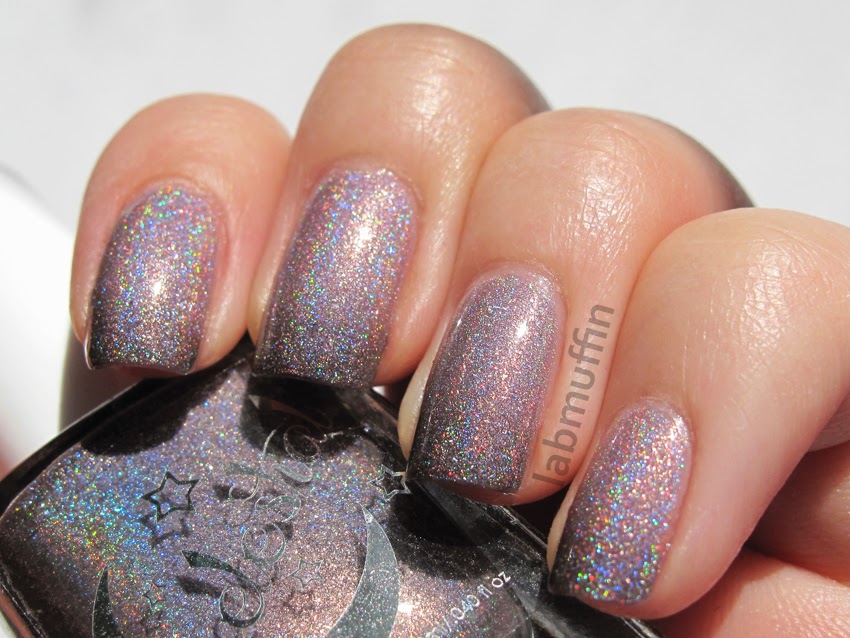 |
| Celestial Cosmetics / Color4Nails Iron Born |
Thermal polishes are technically known as thermochromic, which means they change colour (“chromic”) when they experience changes in temperature (“thermo”). As you may have guessed, the same technology is used in hypercolour shirts, and in drink cans which change colour when they’re cool. (A slightly different, more precise technology is used in thermal temperature strips, where the colour change range is more important, and a greater range of colours is possible.)
These temperature-controlled products use pigments known as leuco dyes. These clever systems consist of tiny little spheres called microcapsules, which are about 1 to 10 microns across (that’s between one thousandth and one hundredth of a millimetre).
Inside the spheres, there’s a carefully controlled ratio of three types of chemicals:
1. Dye – This is a coloured chemical which can undergo a reversible reaction, combining with a H+ ion to become colourless.
2. Weak acid – This is a colourless chemical, which can also undergo a reversible reaction, combining with the H+ ion.
So there are these two components fighting over who gets the H+ (there aren’t enough for both of them!).
Under some conditions, the H+ is attached to the weak acid, which means the dye is coloured, and the whole situation looks coloured (the situation on the left hand side of the diagram).
Under other conditions, the H+ is attached to the dye, making it colourless, and since the dye’s the only component which has colour, then the whole situation looks colourless and see-through (the situation on the right hand side).
3. Solvent – As you might’ve guessed, it’s the third component which controls which situation occurs! The third component is a solvent which has a melting point (when it changes from solid to liquid, like ice melting into water) around the temperature at which you want the colour to change.
When the solvent is solid (cold), the H+ prefers to stick to the weak acid (coloured dye), whereas when the solvent is liquid (hot), the H+ prefers to stick to the dye (colourless dye).
Pigment and nail polish makers can mix the leuco dye with regular pigments to get a range of impressive colour changes. When the polish is warm, the leuco dye is colourless and you only see the regular pigment, but when the polish is cool, the colour you see is a combination of the leuco dye and the regular pigment.
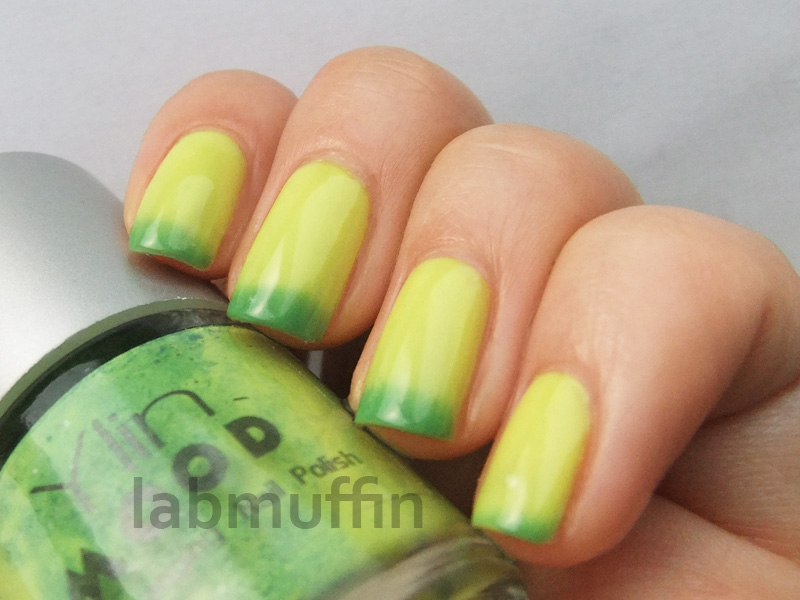 |
| Ylin Colour Change Polish |
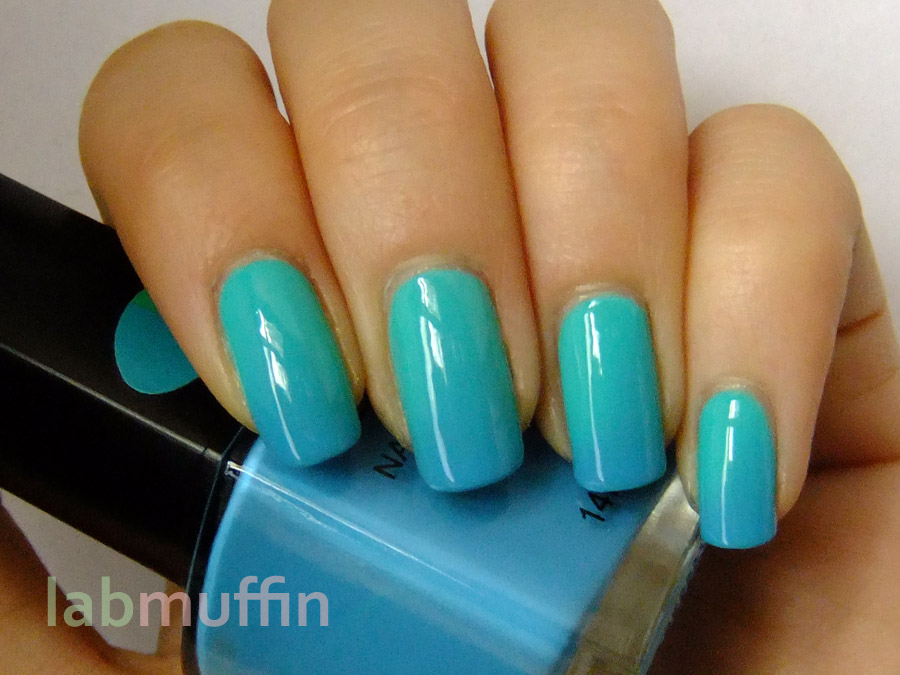 |
| BYS Colour Change Blue |
If you’re interested in learning more, here are some handy links:
MA White and M LeBlanc, Thermochromism in commercial products, J Chem Ed 1999, 76, 1201 (paywalled)
TMC Hallcrest – Thermochromism
HowStuffWorks – How Thermochromic Ink Works
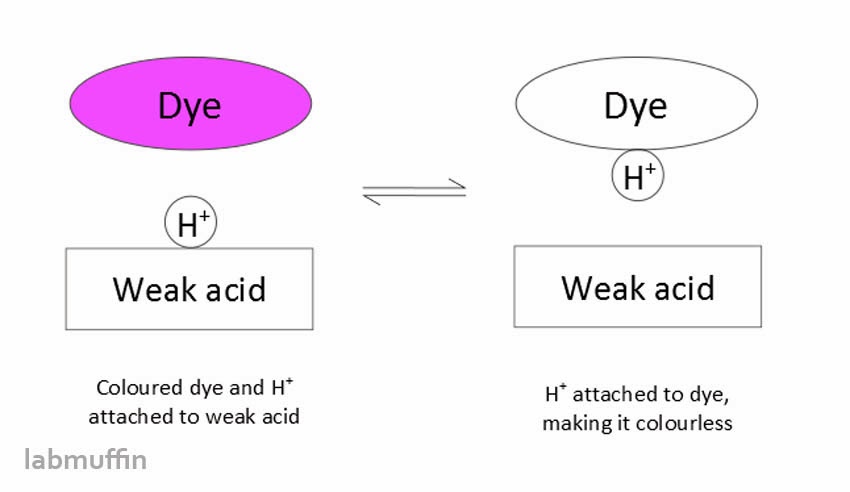



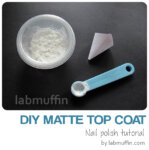
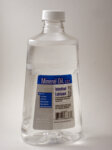

Wow!@ you are right. It is a very complicated process for such a simple thing as going from hot to cold. Thank you for explaining this. 🙂 Makes me want a thermal polish now. Oh ice and hair dryers, i must use you soon. Love your blog postings
I’m glad you liked it! Thermals are lots of fun to have on your nails 🙂
Omg, you make me love science again. (Science has taken away my soul…) I love your chemistry posts and seeing how it applies to life!
Haha, I’m so happy to hear that!
That is so interesting and surprisingly complex. Thanks – I love your science posts. 🙂
xxLissa
Thank you for your kind words!
Fascinating. To be honest I’ve been a little nervous about colour changing polish (yeah I’m crazy) but you’ve put my mind at rest so I think I’ll bag myself a few. Thanks for the great post. I don’t even mind that you’ve made me smarter.
I don’t blame you – there are some dodgy indie cosmetic makers out there! Luckily these are pretty safe 🙂
Ooh, I’d love a post on ingredients to look out for/avoid when shopping for indie polishes/cosmetics!
Wow! These look so cool, i’ve never heard of thermal nail polishes so thank you for explaining, its really interesting!
They’re a lot of fun, especially with a cold drink in hand!
So cool! Thanks for breaking it down!
I hope it all made sense!
this is so interesting, i love this post!
I’m glad you do 🙂
awesome! yet to find any…might have to order online
They’re great! Born Pretty has a few – you can use my code NYL91 for 10% off too.
It is amazing what google leads me to. I don’t even remember what I was looking for anymore when I stumbled across this post. Science and Nail Polish? Yes please. Subscribed!
Nice blog, Thank you, There are many benefits of color changing nail polishes that many people not know about it. so here shows you some polishes for your beautiful nails. i wish to visit and use them get good looking nails
Where does the H+ ion come from
It’s just an ionisable proton on the dye – the rest of the dye would be negatively charged.
Hi Lab muffin
Where can I buy leuco dyes pigment. Please help
Thanks
Tony
I don’t actually know, sorry!
Yes it sounds really cool but my bottle didn’t come with instructions. How do I use it? Do I mix it with other polish or do I put one on first then the other?
You put it on top of another polish if it’s clear, some can be worn by themselves too.
March 24,2017
Got color changing fake nails!